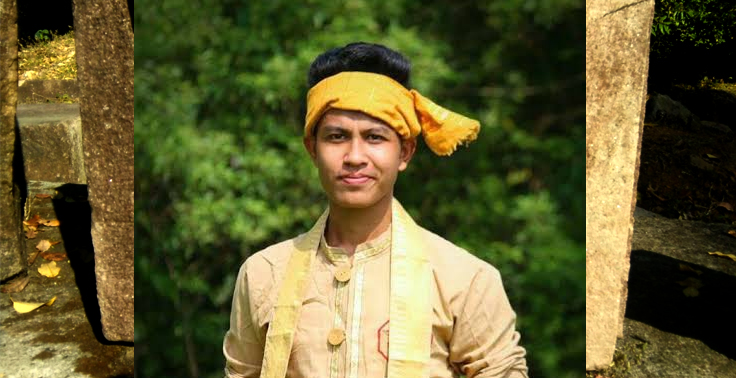Assam is a mini-India if not more. The human landscape is as colourful as her physiography. This land has been the meeting ground of diverse ethnic groups and cultural streams since time immemorial. Throughout history, people of different stocks have been migrating into this land and merged into a common harmonious whole in a process of assimilation and fraternisation not to be seen much elsewhere in India.
The society in Assam is not just a conglomeration of diverse racial and cultural elements but a composite whole arising out of the integration and synthesis of all of them. Indeed, Assam has been a curious melting pot into which have gone the Aryan and non-Aryan, the tribal and the non-tribal, the indigenous and the exotic, making for a delightful fare with wonderful mixed flavor.
The majority of the population in the plains is made up of Hindus, speaking the Aryan Assamese language. But the Aryan racial strain is prominent only in the upper castes, most of the other other castes are of the Mongoloid stock. The Satras (seat of the religious head Satradhikar) and Namghars (house of Prayer hall) plays an important role in the life of an average Assamese and have acted as religious as well as cultural institutions.
Majority of the tribal groups belong to the Tibeto-Burmese family. The colourful people of Assam consists of Bodo-Kacharis, Rabha & Hajongs, Tiwas (lalung), Misings, Sonowal Kacharis, Deuris, Karbis, Dimasa Kacharis, Rengma Naga, Zemi Naga, Kukis and the Hmars. In Assam, the line between the tribal and the non-tribal is pretty thin and the so-called non-tribal Assamese Hindu society retains many elements, which are patently 'tribal' by orthodox Hindu standards. Castes are not strictly occupation linked, and caste based disabilities are very few.
More than 40 percent of Assam's population is thought to be of migrant origin. During the six hundred years of ruling, the Ahom Dynasty managed to keep the kingdom, independent from Mughal, the Muslim invaders of India before the British, as well as other invaders though Mughal attacked Assam seventeen times. During this era, the Assamese society was exogenous. The British entered Assam in 1824 as tea planters, which was the starting point of the destruction of Ahom Dynasty.
The fairs and festivals in this sparsely populated state are essentially an opportunity for people from far and wide to converge and see the culture of the land.
.
